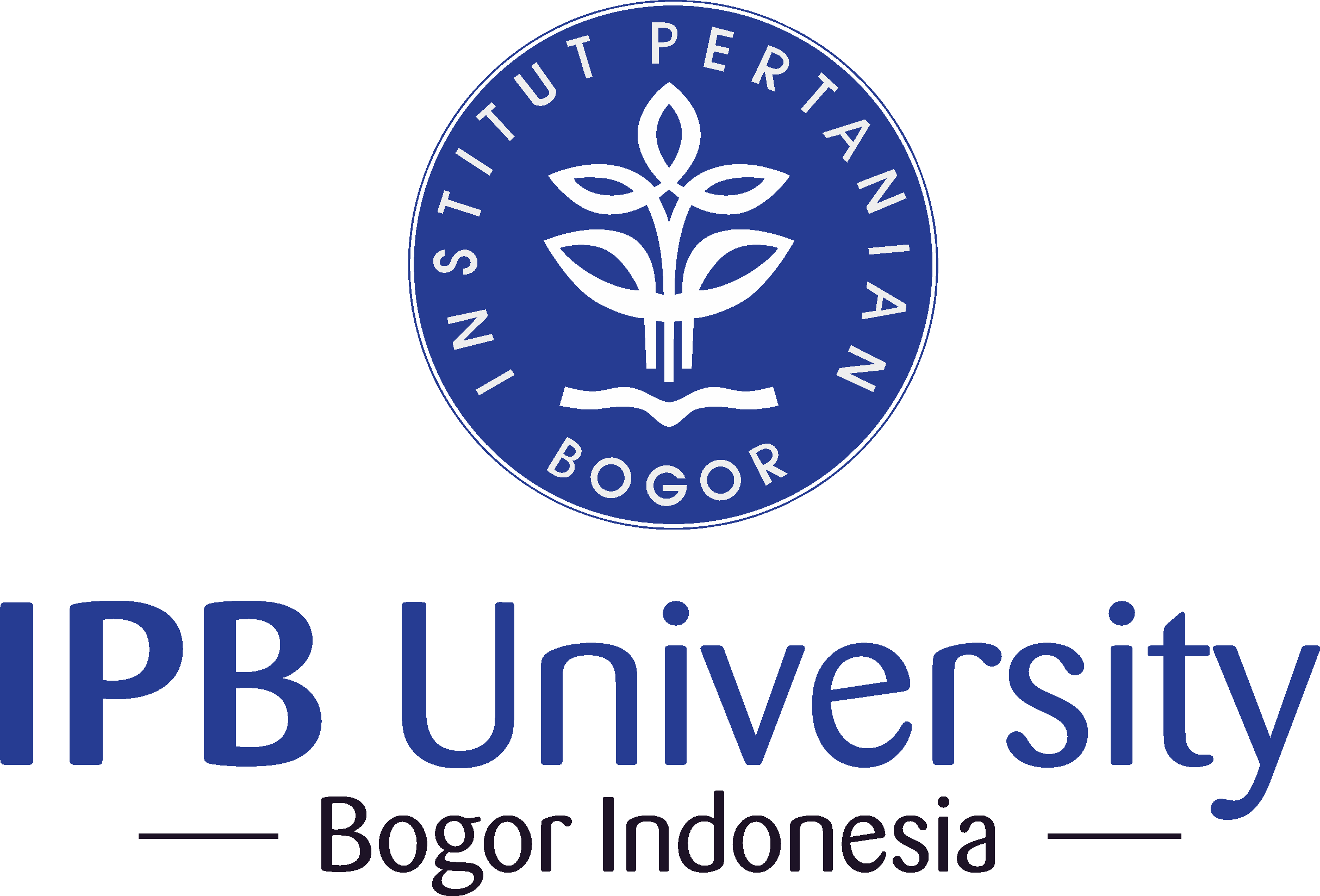Screening and Molecular Identification of Endophytic Bacteria from Calamus caesius Blume with Potential as Antioxidant and α-Glucosidase Inhibitors
Abstract
Calamus caesius, traditionally used in Asian medicine for managing diabetes mellitus, is a promising source of endophytic bacteria due to its bioactive potential. This study aims to identify the potential of endophytic bacteria isolated from “Pakkat” (Calamus caesius Blume), a traditional food of North Sumatra, as a source of α-glucosidase inhibitors. These inhibitors, such as acarbose, are used to manage type 2 diabetes mellitus but have significant gastrointestinal side effects. This study focuses on isolating and characterizing endophytic bacteria that can produce natural inhibitors, potentially safer alternatives. Twenty endophytic bacterial isolates were successfully isolated, of which five were excluded due to hemolytic activity. Antioxidant activity was determined using the DPPH method, and isolates with the highest activity proceeded to α-glucosidase inhibitor testing. Molecular identification of potential isolates was performed through 16S rRNA gene amplification, and genomic DNA sequencing utilized the Oxford Nanopore Technologies platform. Secondary metabolite analysis was performed using antiSMASH, and gene cluster comparison with CAGECAT. Of 15 isolates, LTUP1.3 (Bacillus cereus) exhibited 86.6% α-glucosidase inhibitor activity, close to the positive control (88%). Although in Bacillus cereus LTUP1.3 no secondary metabolites were found that act as α-glucosidase inhibitors, three enzymes have similarities with enzymes found in Actinoplanes that play a role in acarbose biosynthesis namely dTDP-glucose 4,6-dehydratase RffG, glucose-1-phosphate thymidylyltransferase rmIA and glucose-1-phosphate adenylyltransferase glgC. These results suggest that Bacillus cereus strain LTUP1.3 has a potential biosynthetic pathway similar to the acarbose biosynthetic pathway in Actinoplanes. However, further confirmation is required to establish its overall acarbose production capability.
Downloads
Copyright (c) 2025 Chrismis Novalinda Ginting, Nyoman Ehrich Lister, Ermi Girsang, Edy Fachrial

This work is licensed under a Creative Commons Attribution-NonCommercial 4.0 International License.
HAYATI J Biosci is an open access journal and the article's license is CC-BY-NC. This license lets others distribute, remix, tweak, and build upon author's work, as long as they credit the original creation. Authors retain copyright and grant the journal/publisher non exclusive publishing rights with the work simultaneously licensed under a https://creativecommons.org/

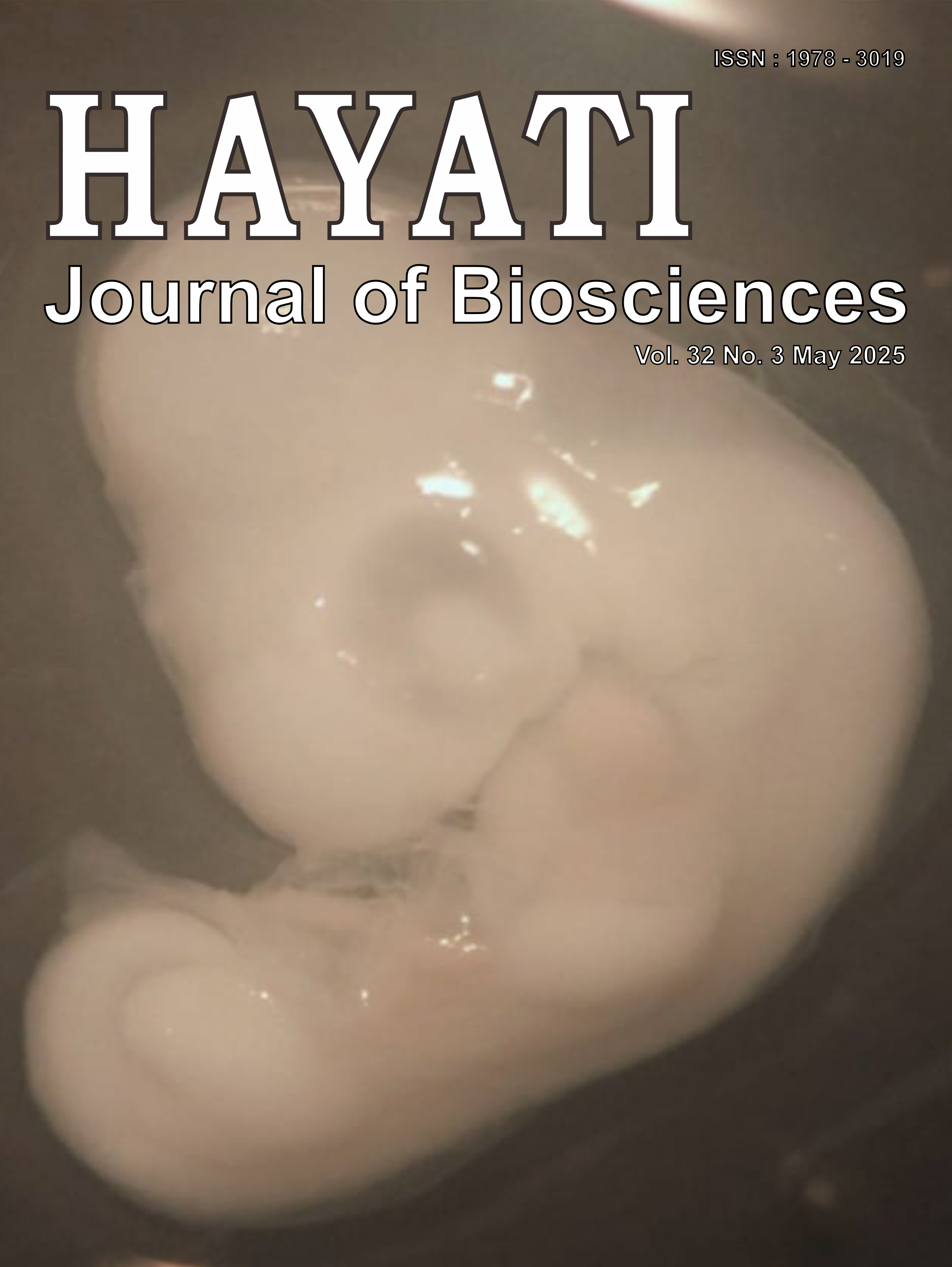








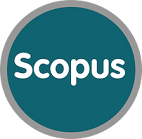
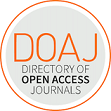




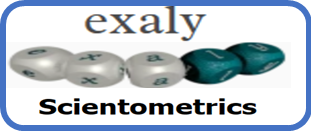




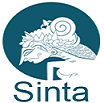



.png) IPB University
IPB University Department of Biology
Department of Biology The Indonesian Biological Society
The Indonesian Biological Society 